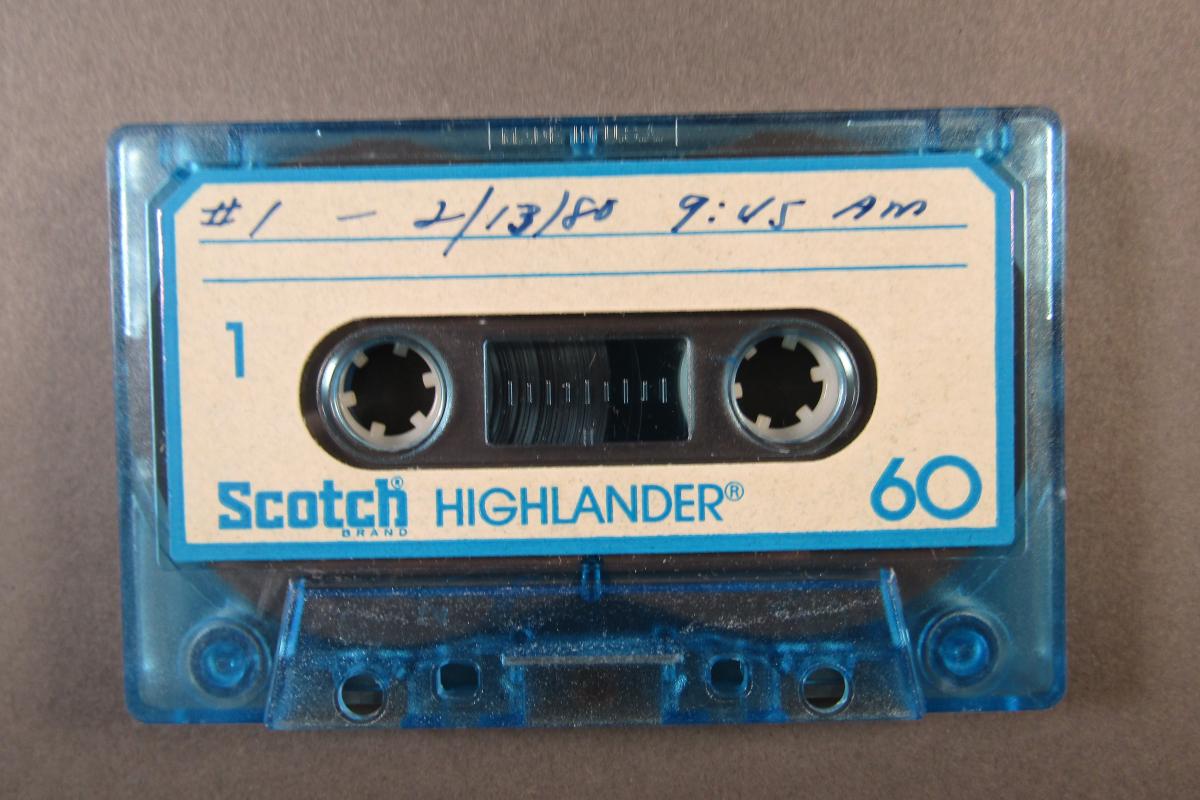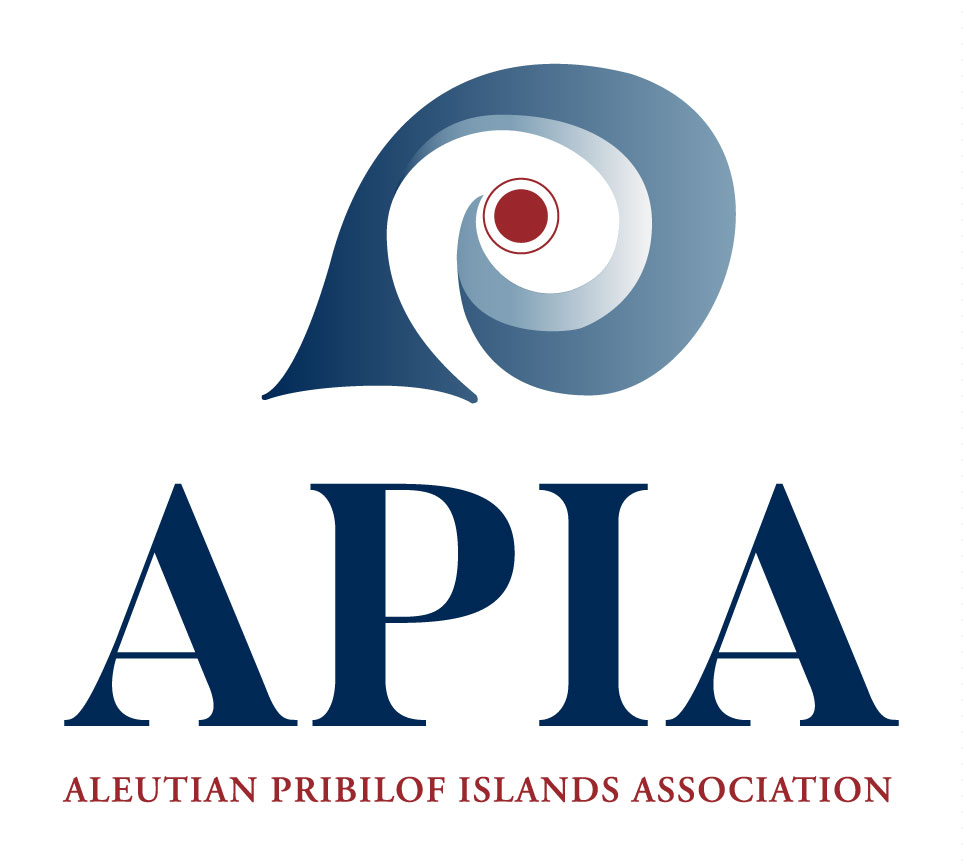Unangam Tunuu Recordings

Unangam Tunuu Recordings
Recordings located here are of speakers of several different Unangam tunuu (Aleut language) dialects. It is important to note that the way one speaker may say a word or phrase may not be the only way.
Unangam tunuu is one major branch of the greater Eskimo-Aleut language family. The linguistic relationships within this larger family affirm ancestral connections going back thousands of years among a range of Native people in Alaska today, including Unangax̂, Inupiaq, Siberian Yup’ik, Sugpiaq (Alutiiq), and Yup’ik peoples. While related to these other languages, Unangam tunuu is its own distinct language, indicating that there has been a long period of geographical, cultural, and linguistic separation of its speakers from other Alaska Native groups. While it was once spoken throughout the region, today fewer than 80 individuals speak it fluently.
At the time of foreign contact, Unangam tunuu had multiple regional dialects—mutually intelligible, but with certain distinct features of structure and vocabulary. However, by the time the language was well recorded in the early 1800s, only three of these dialects remained. The Attuan dialect was spoken by Unangax̂ of the far western end of the archipelago, including those on Attu Island. The Atkan dialect was spoken in the central portion of the region, including today’s village of Atka, the last surviving traditional Unangax̂ community in the area. From Umnak Island eastward to the Alaska Peninsula, the eastern Unangax dialect was spoken.
- Unangam Tunuu Recordings
- Alice Petrivelli
- Anna Philemonof
- Clara Golodoff
- Crystal Dushkin
- Edna Floyd
- Eva Tcheripanoff
- Fr. Deacon Andronik Kashevarof
- Fr. Paul Merculief
- Iliodor Philemonof
- Irene Christiansen
- Lucy Kenezuroff
- Mary Bourdukofsky
- Millie Prokopeuff
- Moses Dirks
- Nicholai S. Lekanof
- Sally Swetzof
- Sergie Krukoff
- Simeon Kuzakin
- Susie Merculief
- William “Bill” Ermeloff
